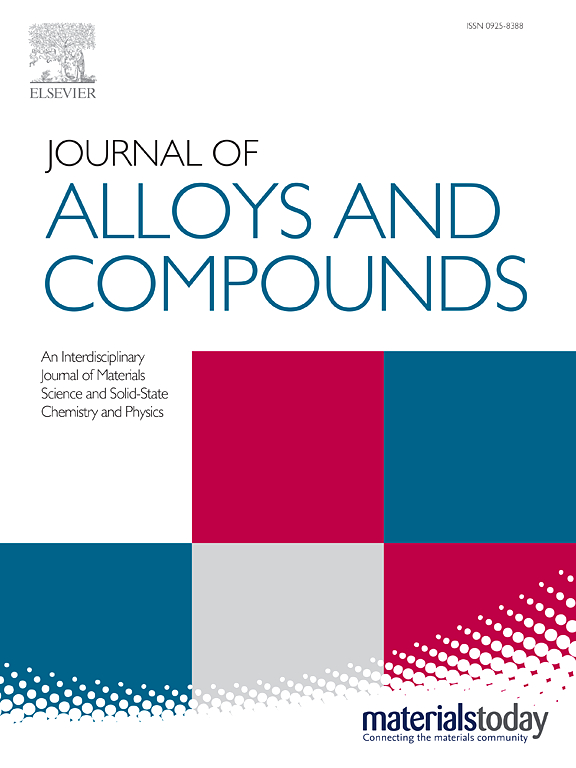Influence of the electron blocking layer on defect state density and ultraviolet luminescence performance of the p-NiO/i-Ga2O3/n-GaN heterojunction
IF 5.8
2区 材料科学
Q2 CHEMISTRY, PHYSICAL
引用次数: 0
Abstract
Improving the efficiency of GaN-based light-emitting diodes (LEDs) had been a lifelong goal for researchers, with optimizing interfacial defects being a critical aspect of this pursuit. Here, optoelectronic devices (p-NiO/i-Ga2O3/n-GaN) with different thicknesses of i-Ga2O3 as electron blocking layers (EBLs) (sputtering times of 10, 30 and 60 min, respectively) were successfully fabricated for diodes A, B and C, respectively. Analysis revealed that diode B exhibited the most impressive performances, featuring the lowest series resistance (RS) and defect state density of 24.46 Ω and 2.19×1010 cm-3, respectively. The cross-sectional analysis of the Ga2O3 thin films provided a visual representation of the defect sources within the devices. As sputtering time increased, the Ga2O3 films underwent a cyclical pattern of structural changes, characterized by initial delamination, subsequent densification, and ultimately, a reoccurrence of delamination. Subsequently, the electroluminescence (EL) testing revealed that diode B outperformed diode A significantly, showing an ultraviolet (UV) luminescence intensity that was up to 15 times greater at equivalent injection currents. Based on these findings, we conducted variable temperature current-voltage (I-V) and EL tests on diode B to re-evaluate its performance. As anticipated, the results were encouraging, particularly in terms of the device’s exceptional activation energy of only 0.017 eV and stability.求助全文
约1分钟内获得全文
求助全文
来源期刊

Journal of Alloys and Compounds
工程技术-材料科学:综合
CiteScore
11.10
自引率
14.50%
发文量
5146
审稿时长
67 days
期刊介绍:
The Journal of Alloys and Compounds is intended to serve as an international medium for the publication of work on solid materials comprising compounds as well as alloys. Its great strength lies in the diversity of discipline which it encompasses, drawing together results from materials science, solid-state chemistry and physics.
 求助内容:
求助内容: 应助结果提醒方式:
应助结果提醒方式:


